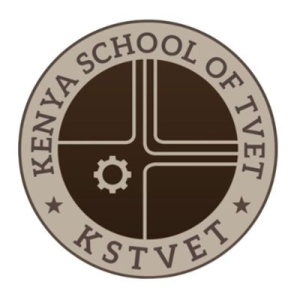- Teacher: Irene Mutuku
education
-
Welcome to your new Gnomio site
Now, you are in control!
Moodle is an open-source Learning Management System (LMS) that provides educators with the tools and features to create and manage online courses. It allows educators to organize course materials, create quizzes and assignments, host discussion forums, and track student progress. Moodle is highly flexible and can be customized to meet the specific needs of different institutions and learning environments.
Moodle supports both synchronous and asynchronous learning environments, enabling educators to host live webinars, video conferences, and chat sessions, as well as providing a variety of tools that support self-paced learning, including videos, interactive quizzes, and discussion forums. The platform also integrates with other tools and systems, such as Google Apps and plagiarism detection software, to provide a seamless learning experience.
Moodle is widely used in educational institutions, including universities, K-12 schools, and corporate training programs. It is well-suited to online and blended learning environments and distance education programs. Additionally, Moodle's accessibility features make it a popular choice for learners with disabilities, ensuring that courses are inclusive and accessible to all learners.
The Moodle community is an active group of users, developers, and educators who contribute to the platform's development and improvement. The community provides support, resources, and documentation for users, as well as a forum for sharing ideas and best practices. Moodle releases regular updates and improvements, ensuring that the platform remains up-to-date with the latest technologies and best practices.
Links of interest:
(You can edit or remove this text)
Available courses

Catering premises are facilities designed for preparing, cooking, and serving food to customers. They can range from restaurants and hotels to cafeterias, catering businesses, and event venues. These premises are typically equipped with kitchens, storage areas, dining spaces, and sanitation facilities to ensure food is handled safely and efficiently.
They must comply with health regulations, maintain proper hygiene, and offer a comfortable environment for guests. Depending on the type of catering service, the premises may be small and mobile (like food trucks) or large and permanent (like banquet halls).
- Teacher: Irene Mutuku
- Teacher: Odel Trainer

Food and beverage production is the process of transforming raw agricultural ingredients into consumable products through various mechanical, chemical, and biological methods. It includes a wide range of activities that span from harvesting raw materials to preparing, processing, packaging, and distributing food and drinks for consumption.
- Teacher: Irene Mutuku
- Teacher: Odel Trainer

Course Objective:
To provide students with foundational knowledge and practical skills related to food and beverage operations in the hospitality industry, including types of service, roles, hygiene practices, and customer service.
1. Introduction to Food and Beverage Services
-
Overview of the hospitality industry
-
Definition and importance of F&B services
-
Scope and classification of F&B establishments (e.g., restaurants, cafes, catering)
2. Types of Food and Beverage Service
-
Table Service: Silver, American, French, Gueridon
-
Self-Service: Buffet, Cafeteria
-
Specialized Service: Room service, takeaway, drive-thru
-
Beverage Service: Bar service, wine service
3. F&B Service Areas and Layout
-
Front-of-house (dining area, bar, reception)
-
Back-of-house (kitchen, storage, dishwashing)
-
Importance of layout for workflow and customer experience
4. Staffing and Responsibilities
-
Hierarchy and organizational structure
-
Roles: Restaurant manager, captain, waiter, bartender, host
-
Duties and communication flow between front and back of house
5. Equipment and Tools
-
Types of crockery, cutlery, glassware
-
Service tools: trays, napkins, trolleys
-
Maintenance and handling of equipment
6. Menu Knowledge
-
Types of menus: À la carte, table d'hôte, buffet
-
Menu planning and structure
-
Understanding ingredients and dish components
7. Service Techniques and Etiquette
-
Order taking and serving procedures
-
Customer interaction and complaint handling
-
Serving rules: correct sides, portion control, presentation
8. Hygiene, Sanitation, and Safety
-
Personal hygiene and grooming standards
-
Food safety principles (e.g., HACCP)
-
Cleanliness of service areas and tools
-
Fire and first-aid safety
9. Trends in Food and Beverage Industry
-
Technology integration (POS systems, digital menus)
-
Sustainable and eco-friendly practices
-
Healthy dining options and global cuisines
-
Customer experience and personalization
Learning Outcomes:
By the end of the course, students will be able to:
-
Identify and explain different types of F&B service methods
-
Understand the roles and responsibilities of service staff
-
Apply correct service techniques and etiquette
-
Maintain hygiene and safety standards
-
Adapt to current trends and customer preferences in F&B services
- Teacher: Irene Mutuku
- Teacher: Odel Trainer
